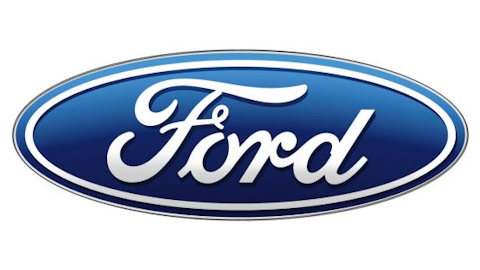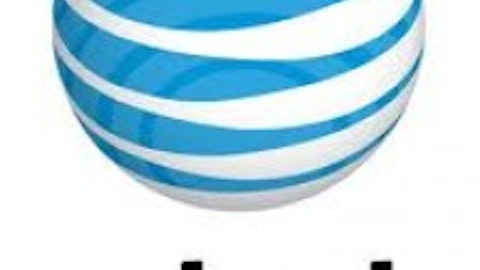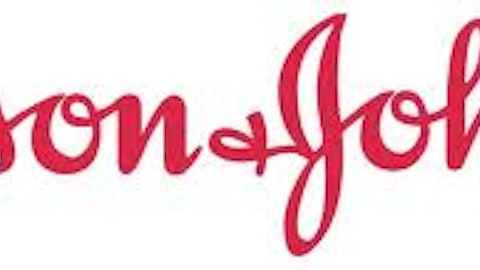Whose wireless is it, anyway?
On Feb. 17, 2004, the U.S. wireless landscape shifted under Verizon Communications Inc. (NYSE:VZ)‘s feet when Cingular Wireless agreed to acquire AT&T Inc. (NYSE:T) Wireless for $41 billion. This vaulted the new Cingular into the lead for American market share, ahead of Verizon and the 46 million subscribers it served at the time.
The Cingular deal brought weeks of fierce buyout jousting to a close, cutting off Britain’s Vodafone Group Plc (ADR) (NASDAQ:VOD) and its potential $38 billion bid. Either option was likely to have brought regulatory scrutiny, as Vodafone was (and remains) the 45% owner of Verizon Wireless, with Verizon itself owning the rest. However, it was Cingular, then jointly owned by SBC Communications and BellSouth, that posed greater regulatory risk — although this risk turned out to be overstated, as the deal went through without a hitch.
The deal also brought greater security to the faltering AT&T Wireless, which had endured higher levels of customer defections than its competitors following the creation cell-phone portability regulations, which allowed users to retain their numbers when they switched services. AT&T Wireless’ independent status also put it at a disadvantage against Cingular and Verizon, both of which could reach into the deep pockets of their telecom parents.
Today, Cingular is known as AT&T Wireless. It is now a wholly owned subsidiary of the new AT&T, after SBC’s acquisition of the original AT&T a year later, and its acquisition of BellSouth at the end of 2006. Since its merger, AT&T Wireless has consistently remained atop the U.S. market. At the end of 2012, it served 107 million subscribers to Verizon’s 98.2 million subscribers.
Start me up
The first working electrical automobile starter was installed in a Cadillac on Feb. 17, 1911. This device, invented by Charles Kettering, is something drivers around the world today take for granted, but it was revolutionary at the time.
The autos built in those days came with crank starters, which could pose a real physical danger to their users. Cadillac founder Henry Leland knew of this danger firsthand, as he’d lost his good friend to a tragic crank-starting accident. Leland’s friend, Byron Carter, had suffered a broken arm and jaw while helping a woman crank her car. The crank-starter had gone haywire when the car sputtered to life, tearing the mechanism violently from his hands. Carter suffered complications from his injuries and died when his weakened immune system succumbed to pneumonia. Unfortunately, this was not an isolated problem with early automobiles.
Kettering was then primarily known as a brilliant researcher for National Cash Register. In his five years with the company, he’d eliminated hand-cranking mechanisms for cash register operation and had also created the earliest receipt-printing registers as well as the earliest systems of remote credit charging. This sparkling resum brought him to Leland’s attention, and he first began work on an electrical ignition system for Cadillac in 1908. Carter’s death in 1910 refocused Leland’s and Kettering’s energies on the electrical starter, which was completed rather quickly for such an important advancement.





